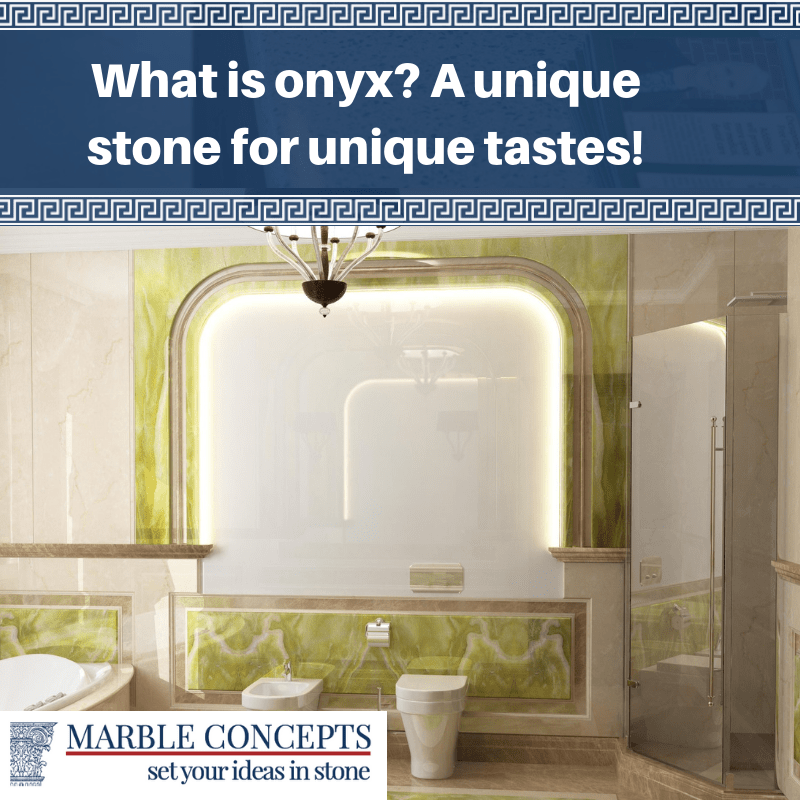A New Challenger Appears
There’s an old adage that our home is our castle. It’s our fortress of solitude, where we surround ourselves in things and environments that we love and that best express who we are deep inside. You can tell a lot about someone by how they finish and decorate their home as a result. This has led most of us to put real effort into choosing materials that don’t merely express our identity, but also convey a certain image, depending on various factors.
This is never more apparent than with how we finish our kitchens, which are social hubs and meeting places for family and guests alike. Since time immemorial, we’ve valued various tasteful stone materials for our counter tops, not just because they can be truly beautiful, but also because they tend to be durable and long-lasting. The oldest structures in the world are, after all, made of lasting stone materials.
We have a lot of choices in modern times, from synthetics to marble and granite. These all have their advantages – marble can make splendid patterns, and is very durable (but costly). Granite has deep hues, a warm tone and is nearly as durable. But, in recent times, another type of stone – onyx – has become very popular. What is onyx, though? What are its advantages and disadvantages compared to the old, tried but true choices?
What Exactly is Onyx?
Onyx is a chemical sedimentary stone produced by water dripping in caves, leaving calcium carbonate deposits behind. It therefore requires very specific conditions to naturally occur, compared to more common marbles and granites.
The limestone caves that produce onyx at any significant quantity are limited in count, and not every one of them permits quarrying, which adds to the rarity and limited availability of this stone.
How Does it Look?
This translucent crystalline stone has a unique appearance that can really best be described as a mix of jade, granite and limestone. It produce unique, luminous, cloudy patterns that absorb, tint and reflect light in ways no other durable stone can.
People whom behold an onyx-finished kitchen or bathroom are often taken aback by the warm, organic aesthetic of this material, and will usually find themselves at a loss to immediately identify what this mystical material actually is.
Advantages
Onyx is a real conversation starter, because a said before, most people are often stumped as to what this unique material is when they first see it. The various colors of onyx defy coloring schemes, able to match just about any décor even if the hues would usually clash. It produces a lighting effect that no other stone really can.
It also has a slightly warm, smooth tactile sense that no other material can really produce due to its unique composition and crystalline structure.
Disadvantages
Onyx is expensive. This is because of the previously-mentioned rarity of it compared to granite or marble. The specific conditions to produce it, the directive to protect such environments and the relative fragility of the stone requiring careful mining and handling culminate in a relatively pricy material at the end.
Onyx is also less durable than marble or granite, being far more susceptible to stains, acidic substances and knife gouges. This makes it harder to care for, and somewhat less practical for busy kitchens.
Is Onyx for You?
At the end of the day, onyx is best for those wishing to optimize an ambience and unique feel to their kitchen or bathroom, and whom are willing to be extra careful with their counter tops. Where granite, marble and quartz can take something of a beating, onyx cannot.
Do you have time to treat it with the care you would a new carpet? If not, then perhaps this expensive yet beautiful material isn’t practical for you.






